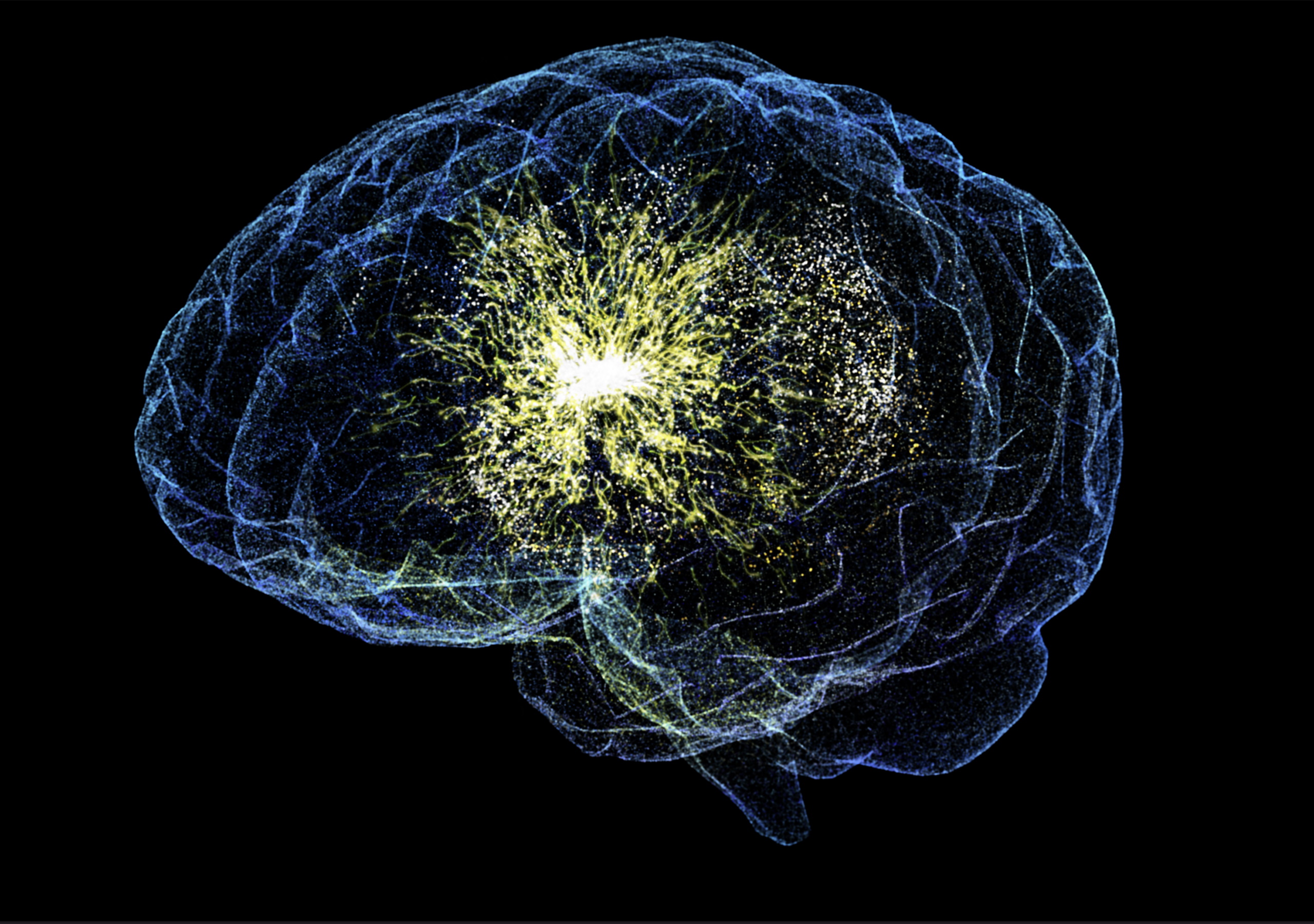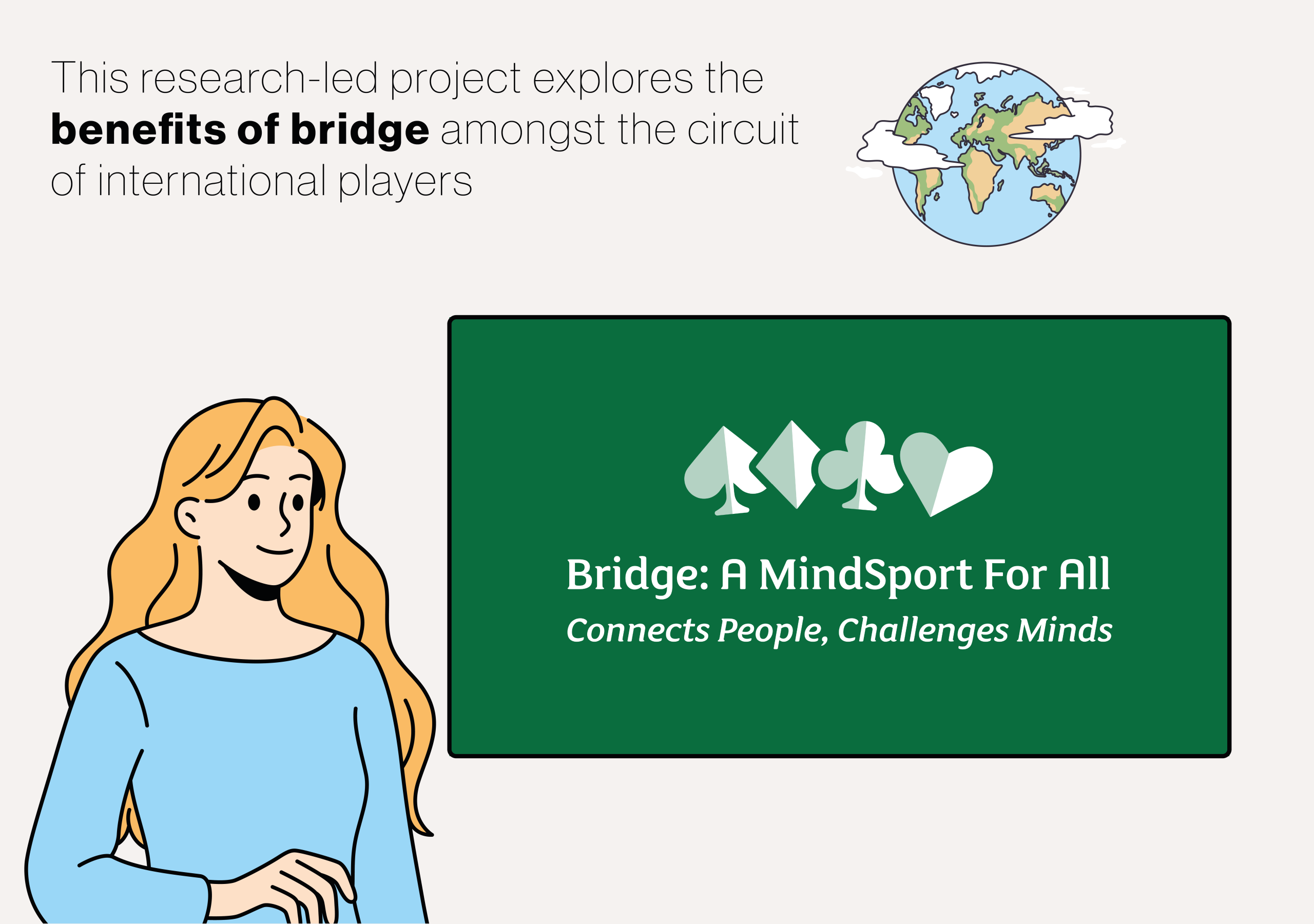Americans generally celebrate the abstract principle of diversity but does this translate into the policies that they support and the friendships that they form? A new study from Prof. Neeraj Rajasekar of the University of Illinois Springfield, Prof. Evan Stewart of the University of Massachusetts and Prof. Douglas Hartmann of the University of Minnesota, examines this. Rajasekar and colleagues find inconsistencies between Americans’ support for diversity in principle versus their attitudes in their day-to-day lives. The findings reveal widespread gaps that exist across demographic groups, with implications for understanding public opinion and advancing diversity efforts in the United States. More
In recent decades, the concept of diversity has become widely celebrated in American society. From corporate messaging to political rhetoric, diversity is often touted as a core value and strength of the nation. However, Americans’ endorsement of diversity in the abstract does not always align with their views on policies meant to promote diversity or their comfort with diversity in their personal lives.
This latest study conducted by Rajasekar, Stewart and Hartmann analyses what they call “principle-policy gaps” and “principle-personal gaps” in Americans’ diversity attitudes. Their work reveals nuanced and sometimes contradictory views that exist across demographic groups.
The researchers define a principle-policy gap as the difference between one’s support for diversity as an abstract ideal and their support for specific policies aimed at promoting diversity and addressing racial inequality. For example, someone might say they value diversity in general but oppose affirmative action programs in college admissions.
A principle-personal gap refers to the difference between endorsing diversity in principle and one’s level of comfort with diversity in their personal relationships and social circles. This could manifest as someone saying diversity is important, but feeling uncomfortable with the idea of their child marrying someone of a different race or religion.
To examine these gaps, the researchers analysed data from the Boundaries in the American Mosaic survey, a nationally representative survey conducted in 2014. They constructed scales to measure respondents’ attitudes about diversity in principle, support for diversity-related policies, and comfort with diversity in personal relationships. By comparing scores across these scales, they were able to quantify the extent of principle-policy and principle-personal gaps among Americans.
The findings paint a complex picture of diversity attitudes in the United States. Overall, the researchers found that both types of gaps are substantial and widespread in the general population. Americans tend to express much more positive views about diversity in the abstract than they do about specific diversity-promoting policies or diversity in their personal lives.
Importantly, these gaps were not limited to any particular demographic group. While some factors such as race, political affiliation, and age were associated with differences in the size of the gaps, the researchers found that principle-policy and principle-personal gaps exist to some degree across Americans of varying backgrounds.
For the principle-policy gap, the research team found that older Americans, those with some college education, and Republicans tended to have larger gaps between their support for diversity in principle and their attitudes about diversity-related policies. Black and Hispanic respondents, as well as those who identified as non-heterosexual, tended to have smaller principle-policy gaps compared to white and heterosexual respondents.
When it came to the principle-personal gap, age again played a role, with older Americans showing larger gaps. Women and those in the “other” racial category (not white, Black, or Hispanic) exhibited larger principle-personal gaps, while non-heterosexual respondents had smaller gaps. Interestingly, the researchers found that the relationship between political affiliation and the principle-personal gap varied by race. For white respondents, being more conservative was associated with a larger gap, but for Black and Hispanic respondents, conservatism was associated with a smaller gap.
The study also examined how various attitudes and beliefs related to these gaps in diversity views. Not surprisingly, those who expressed more prejudiced attitudes toward minority groups tended to have larger principle-personal gaps. Respondents who reported having more diverse friend groups had smaller principle-personal gaps. Interestingly, those who were more accepting of economic inequality (measured by their views on the widening gap between rich and poor) tended to have smaller principle-personal gaps.
One of the most striking findings was that these attitudinal gaps were not easily explained by the various demographic and ideological factors the researchers examined. Even when accounting for characteristics such as race, political views, and prejudiced attitudes, there was still a lot of unexplained variation in the size of individuals’ principle-policy and principle-personal gaps. This suggests that these inconsistencies in diversity attitudes are a widespread phenomenon not limited to particular groups or ideologies.
The researchers note that their findings align with previous work on racial attitudes in the United States. Past studies have documented a “principle-implementation gap,” where white Americans express support for racial equality in the abstract but are less supportive of concrete policies to address racial disparities. The current study extends this concept to diversity attitudes more broadly and shows that such gaps exist among Americans of various racial backgrounds.
These findings have important implications in understanding public opinion and the challenges of promoting diversity in American society. While diversity is widely endorsed as a value, there appears to be much less consensus when it comes to specific policies or personal comfort with diversity. This disconnect could help to explain why diversity initiatives sometimes face resistance even in environments where diversity is ostensibly celebrated.
The researchers suggest that their work highlights the need to transform how diversity is discussed and approached in the United States. Simply promoting diversity as an abstract ideal may not be sufficient to garner support for policies that concretely address inequality or to foster genuine inclusion across social divides. Instead, diversity discourse and initiatives may need to more explicitly tackle the gaps between principle and policy/personal attitudes.
The study does have some limitations. As a survey-based analysis, it can only capture reported attitudes, not actual behaviours. Additionally, the data comes from 2014, and attitudes may have shifted in the decade since, particularly given recent social and political events related to racial justice. The researchers also note that their measure of comfort with diversity in personal relationships, while broad, is not exhaustive of all types of diversity.
Despite these limitations, this research provides valuable insights into the complexities of Americans’ views on diversity. It challenges simplistic narratives about who does or doesn’t support diversity, showing that inconsistencies between abstract support and more concrete attitudes are widespread across demographic groups.
As America becomes increasingly diverse and increasingly polarised, the insights from this study provide a nuanced foundation for understanding the complexities of public opinion on diversity. It underscores the ongoing challenges and opportunities in fostering a truly inclusive society that lives up to its professed ideals of diversity.







